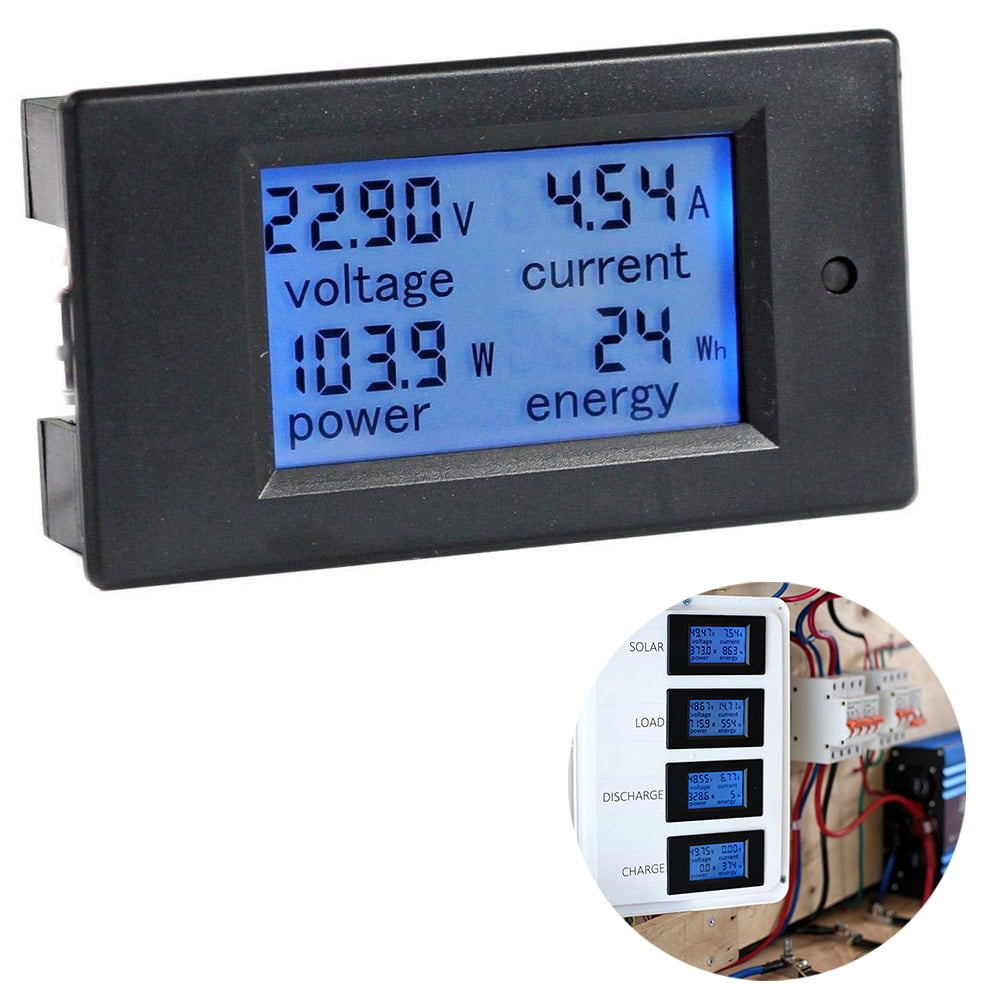

Power is a little harder to explain using the water analogy. In electrical equations, the letter “P” represents power. Power is the rate at which electrical energy is transferred in a circuit and is measured in watts. Resistance represented with water and tube size What Are Watts? Conductors with low electrical resistance, like copper wire, allow electrons to flow easily through them, just like the wide hose. A wide hose has very little resistance and allows water to flow through it quickly. In our water analogy, resistance is the diameter of the hose. Resistance tries to slow down the flow of electrons. Ohms are the unit of measure for electrical resistance in a conductor and are represented by the letter “R” in electrical equations. Pressure is the force that moves the water through the hose, just like voltage pushes electrons through a conductor.

In our water analogy, voltage is equivalent to water pressure. Voltage is the difference in electrical potential, or the number of electrons, between any two points in an electrical circuit.

Volts are the unit of measure for electrical voltage and are represented by the letter “V” in electrical equations. In our water analogy, electrical current is equivalent to the flow rate or amount of water flowing through the hose. Current is the speed or rate at which the electrons flow through a conductor and is represented by the letter “I” in electrical equations. The ampere, or amp for short, is the unit of measure for electrical current. Let’s jump into it by explaining each concept on its own. Since you can’t easily see electrons, we’ll use a water and hose analogy below. Electricity is the flow of electrons through a conductor In most electrical systems, the conductor is a wire. Similar to how water flows through a hose, electricity is the flow of electrons through a conductor.
#Amp to volt how to
It may seem overwhelming, but you don’t need an engineering degree to understand what electricity is and how to use it to your advantage. A fourth being resistance which is measured in ohms. Amps, volts, and watts are three basic concepts you will repeatedly deal with when working on any electrical system.


 0 kommentar(er)
0 kommentar(er)
